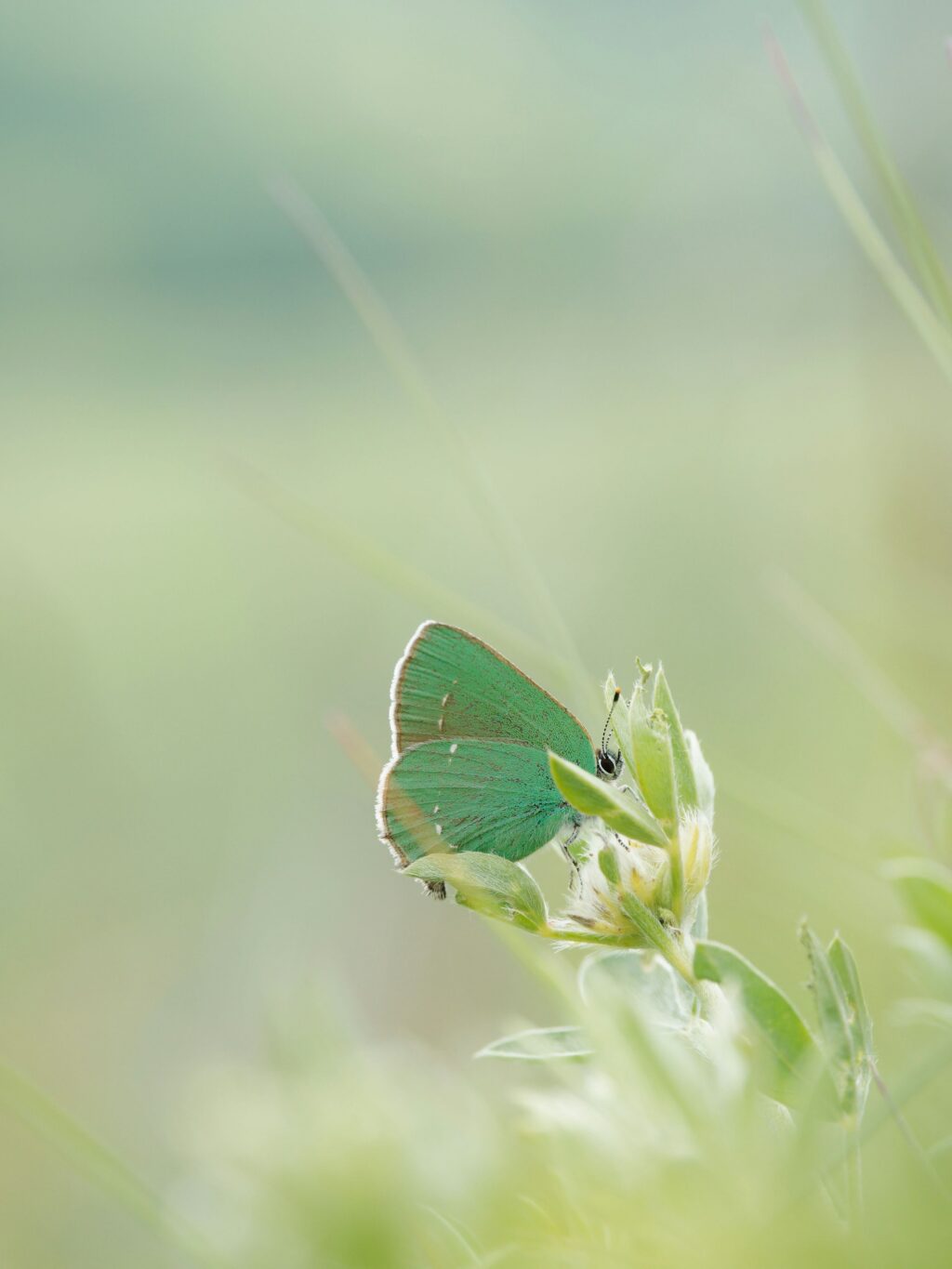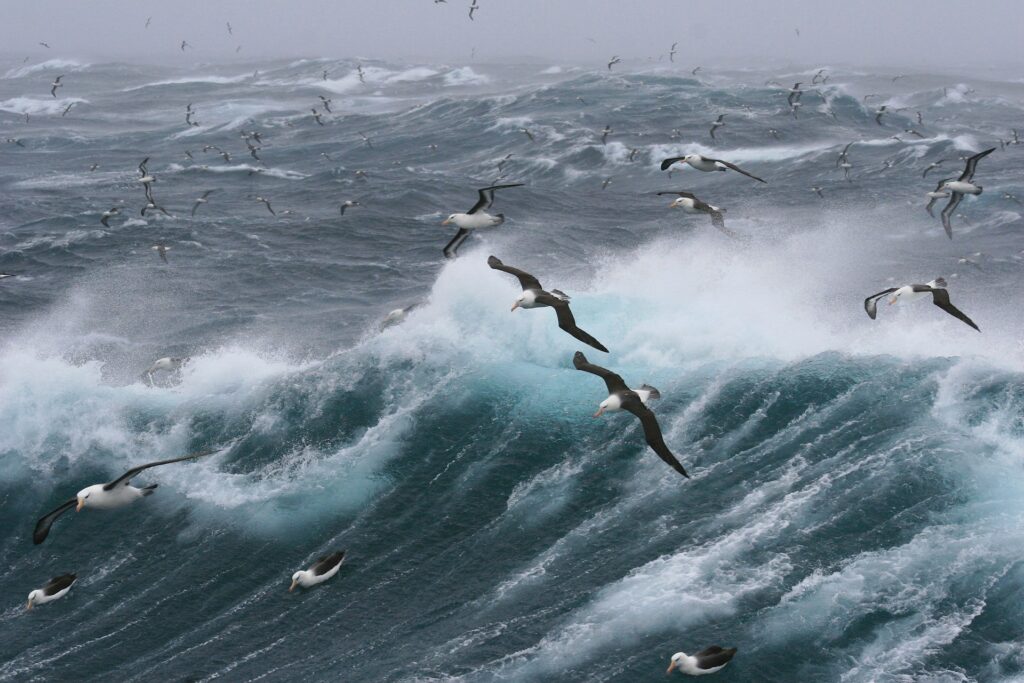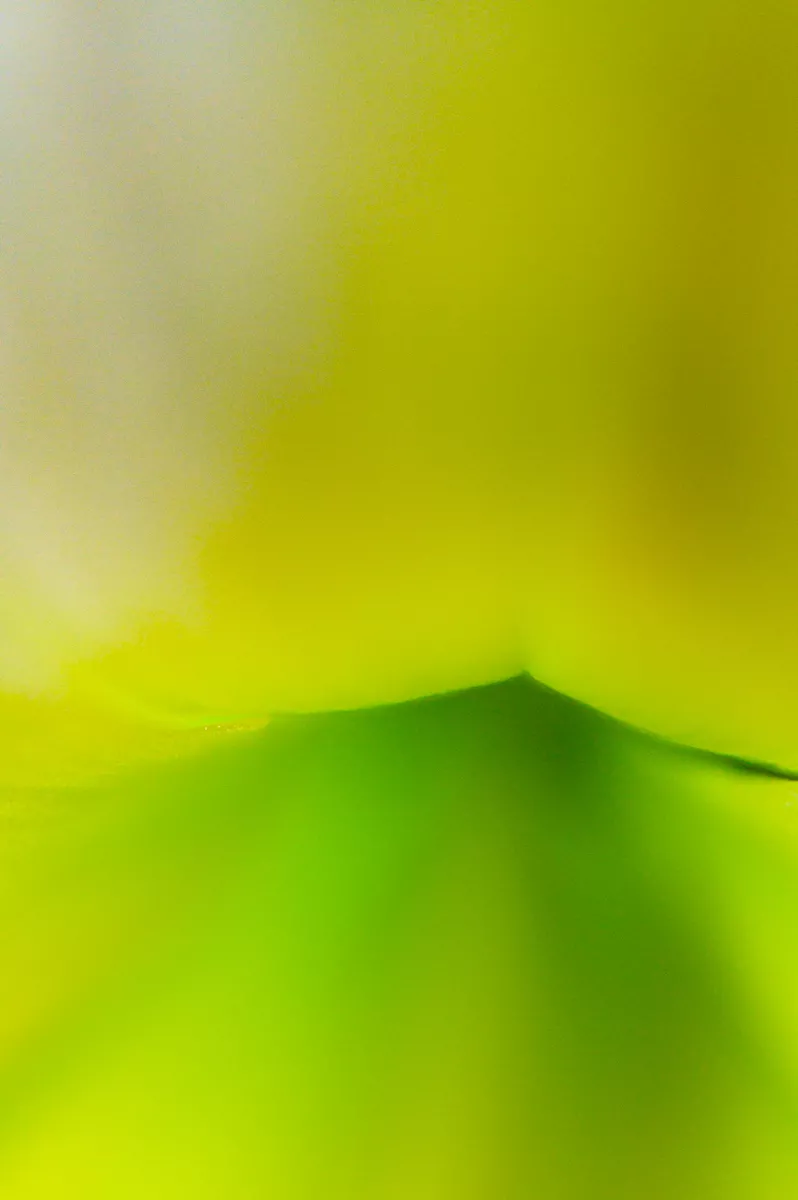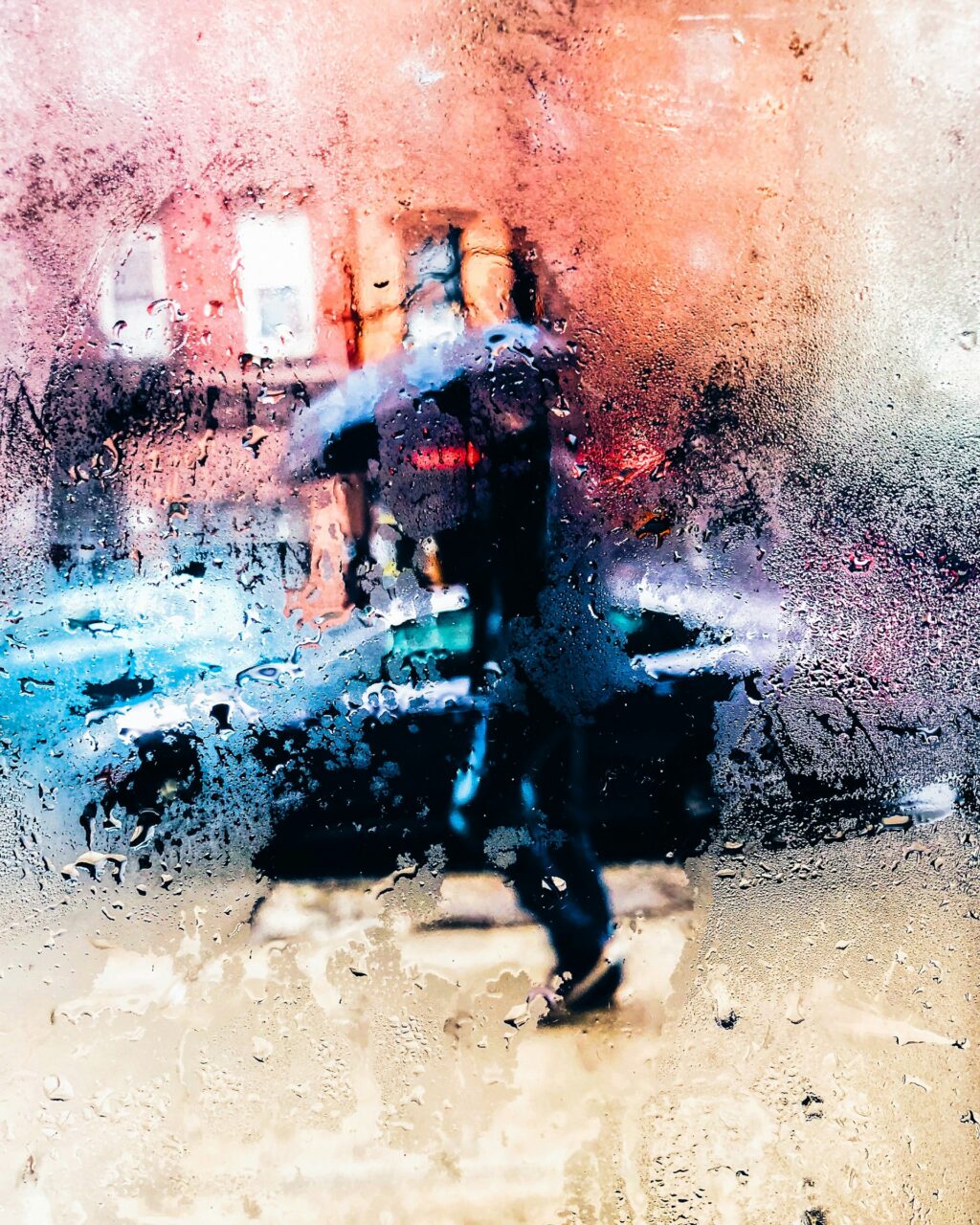Trains have been a recurrent subject in the arts. Narrative, illustration, painting, poetry, photography and film have taken trains as a subject several times. It is no surprise that trains and cameras have gotten along so well since they were both born almost at par and have contributed things to humanity that many thought were impossible during the time. Trains allowed riders to travel great distances at speeds never experienced before, and cameras allowed them to capture scenes at astonishingly fast and immediate forms.

The purpose of the following discussions is to show you that photography and the magical machines that are trains get along pretty well. Each link will redirect you to the photographs I'm talking about, and I'm very happy to illustrate these words with some of my images that have a close relation with trains and metros. Here you have a group of 20 incredible images that center around trains and their beautiful nature:

Accident at the Montparnasse station of the Granville-Paris espresso – París – 1895
This is perhaps one of the strangest images of trains I've ever seen. The image shows the aftermath of the trainwreck of the espresso number 5 of the Granville line. Although the accident was dramatic and impressive, only two people were injured out of 131 passengers of the train.
Albert Einstein – Barcelona – 1923
Even though trains and airplanes might thought of as similar transportation mediums, trains have this beautiful nature of departure in which those who leave really get close to the other travelers. In this picture, we can see a charismatic Einstein talking to some people at the station prior his departure from Barcelona.
Alfred Eisenstaedt – Commuter on the New York New Haven line running to catch the metro – 1961
I can almost feel the anxiety of this man as he runs to catch the metro train. The motion of the subject is crucial for this rushed nature to be felt.
Alfred Stieglitz – The Hand of Man – 1902
Alfred Stieglitz was an American photographer known for his interest in the modern capabilities that photography was introducing into aesthetics. His work evolved from a pictorial approach to a more real one. Here we can see a beautiful example of his work. The lone locomotive in the yards of Long Island City. This is perhaps one of the earliest examples of urban landscape photography as we know it today.
Surrealist as it could seem to have a train freely roaming over the messy and crowded buildings of urbanism, this image is exactly this and I love it.
Andreas Feininger – Railroads – 1952
It’s not just trains that are beautiful and mystical, but it is also the railroad tracks as well. In this fine and silent example by Andreas Feininger, we can see an exaltation to this human evidence imprinted on the land.
Bert Hardy – Paddington Station – 1942
Here we can see a tearful woman possibly saying goodbye to a loved one at the Paddington Station in 1942. The nature of this lighting gives this powerful image depicting a possible farewell a very moody crescendo indeed.
Brassaï – Grand Central Station New York – 1957
And speaking of light nature, this one from Brassaï is one of those images that I would die to capture. The great and almost cathedral-like architecture of Grand Central Station gets powerfully lit by the beams of light that end up illuminating observers on the ground.
Carl Mydans – 6:25 Grand Central 1963
Not much would change if we substituted the newspaper with our trusty digital devices. And of course, that news was shocking for the U.S. indeed.
Chema Madoz is perhaps one of my favorite photographers (even though many people consider him much more of an arranger than a photographer) of all time. His images are simple yet obvious, and that's what I believe surrealism is all about. Here, the reference to a railroad is quite obvious. I would love to have a cool watch like this, by the way!
Fan Ho – The Lonely Conductor – 2011
It’s been one year since Fan Ho's death. He left behind a tremendous example of exquisite photography. He, as many other photographers, was seduced by the odd beauty seen in trains and their contexts.
François Kollar – Sotteville-lès-Rouen – 1931
Little could I say about this beautiful (and perhaps even risky) shot. We can see a dimmed and hazed urban nature sub framed by the dome of light at the end of this Metrorail tunnel.
Frank Q. Brown – Korean War Goodbye Kiss – 1950
If I ever need to make a reference to the most epic kiss ever photographed, I could mention this one instead of this one. This isn’t because the second one is not as popular, it’s because this is an amazing photograph of a couple saying goodbye. This was not just a fling, this couple had been married for 18 months and they had a daughter who was only six months old.
Gianni Berengo Gardin – The Train of Val Gardena Ortisei – 1958
I just recently discovered the work of Gianni Berengo Gardin, and this photograph makes a clear statement about precise aesthetics and the importance of reality.
Jack Birns – Photographs of the Simplon-Orient Express – 1950
Jack Birns completed an extensive work in 1950 around a simple yet rich environment, the Simplon Orient Express. The final publication of the work consisted on 30 images, but he took almost 2,000 for this peculiar assignment. You can see an excerpt of this great work that yells “trains” everywhere around.

Menno Huizinga – Boys hanging on a train after the release – 1945
Winston Link – Cleans a Train – 1955
Robert Doisneau – Dans le train de Juvisy – 1947
Sebastião Salgado Churchgate Station – 1995
Stanley Kubrick – New York Subway – 1946
Countless photographs have been brought to life thanks to trains and the strange muse they provide. We have seen photographs aimed at capturing the languid aura of locomotives, the infinite sequence of running boxcars, the mystic nature of the slow breathing windows, the fumes, the vapors, the crafts, the platforms, the stations, the farewells, the crowds, the speed of the metros and subway trains, and even the solitude of the ephemeral passengers living inside of them.






